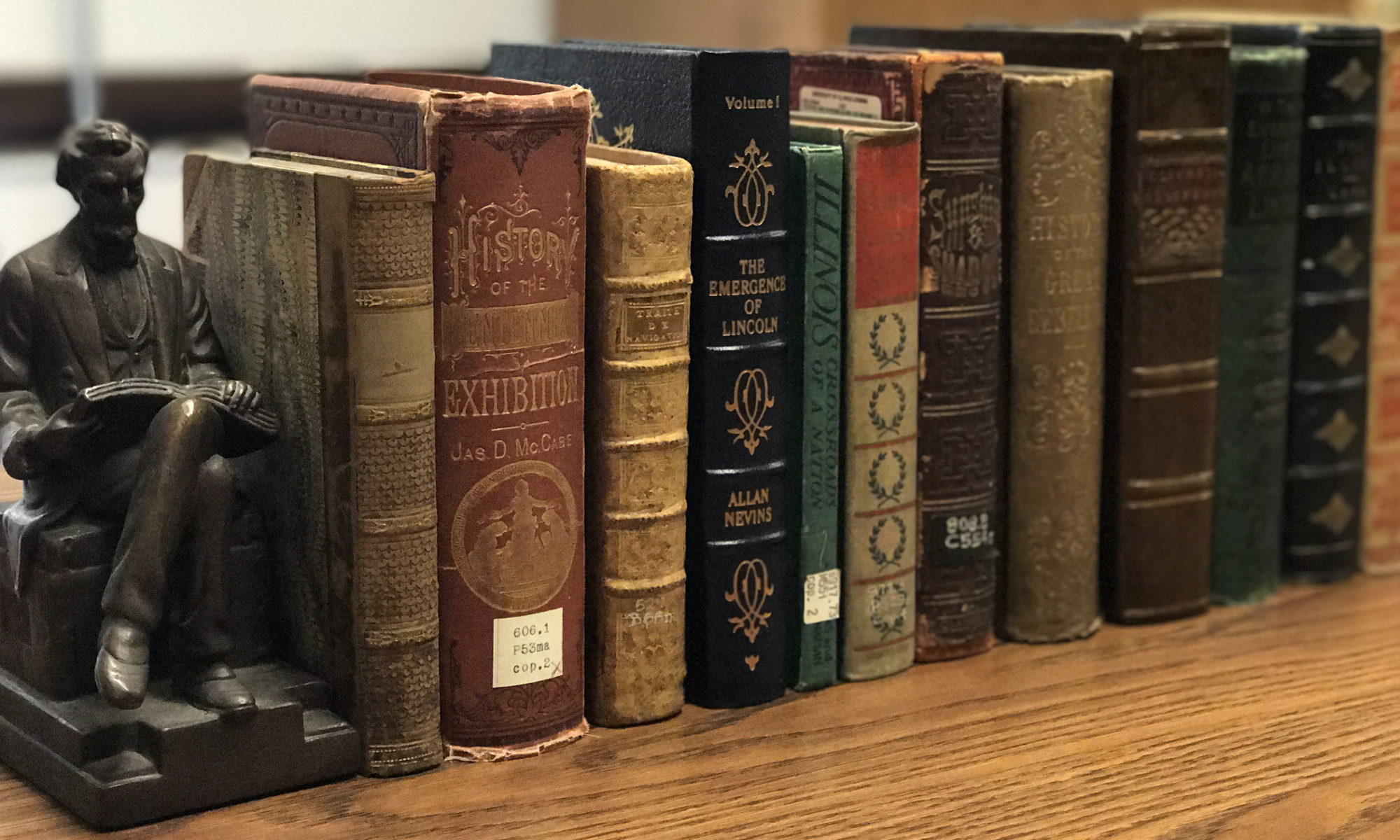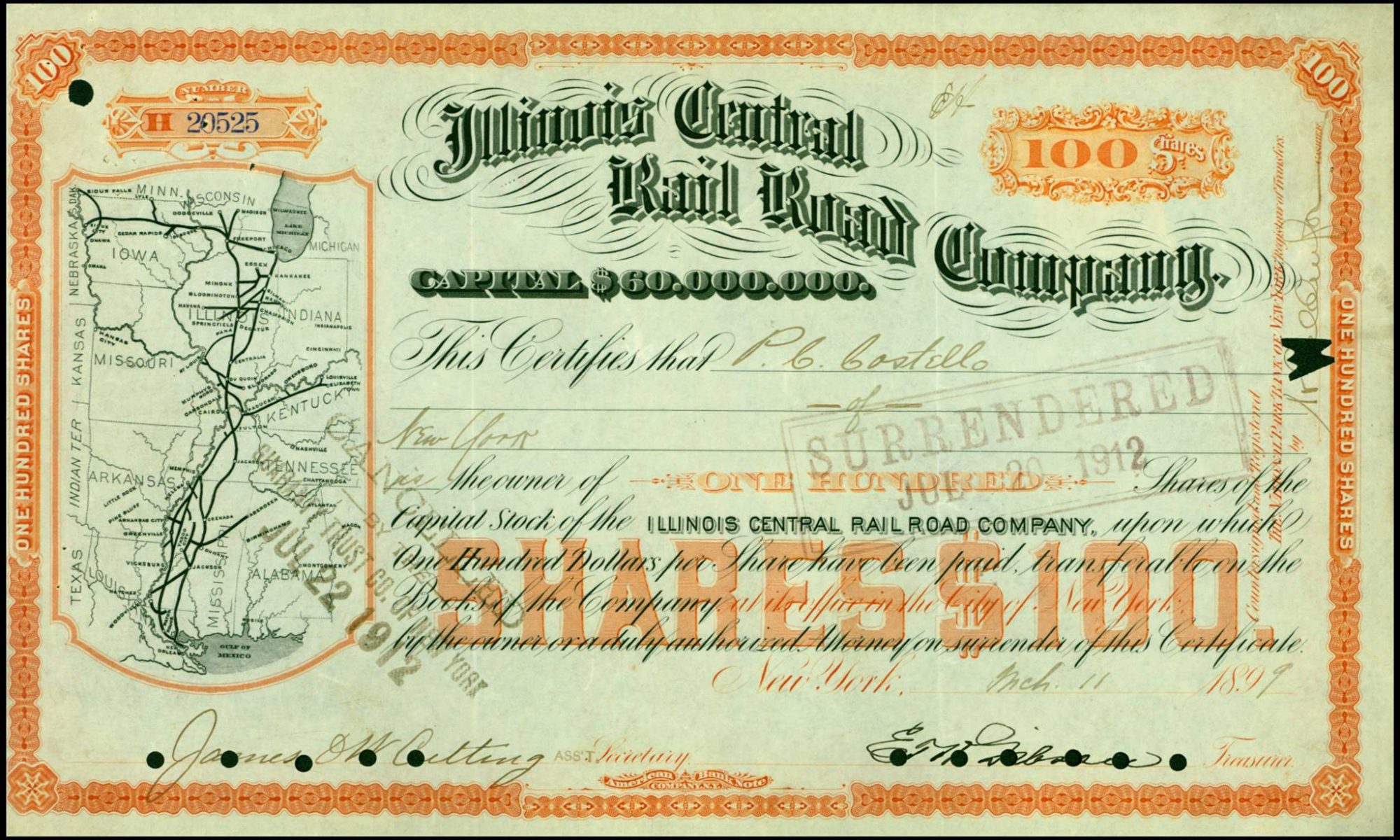*Originally posted on November 4, 2017*
This week for #SmallTownSaturday, we’re visiting Centralia, IL (pop. 13,000)!
With an abundance of deer, bears, and elk, the region is thought to have been the hunting territory of the indigenous Tamaroa people prior to white settlement. It wasn’t until 1816 that settlers began to make their homes in the area.
Centralians were focused on agriculture in the early 19th century. Farmers suffered from a persistent problem: a lack of transportation of goods to market that petrified the Central Illinois economy. Advocating the construction of a new railway, Stephen Douglas secured a grant of 2.5 million acres of Federal land from Congress and Pres. Fillmore in 1850.
Chartered in 1851, the new Illinois Central (IC) railroad proved to be an economic boom for the area. The town itself was formally established in 1853 and named after the railroad. Transformed into a center for transportation, Centralia saw waves of new residents – including George McClellan as IC chief engineer – and new businesses like hotels and rail shops.
IC engines were initially powered by wood, but supply ran low so trains switched to coal. In 1874, coal deposits were uncovered south of town and a mine was opened, bringing job-seeking immigrants. By 1907, a fifth mine – Centralia No. 5 – had been established.
The state received complaints over the years that the mines were not well-maintained and were filling with dangerous coal dust. Still, little was done to rectify these issues. On March 25, 1947, the consequences were felt: dynamite was detonated deep in Centralia No. 5 in an effort to blast coal from the mine’s faces, trapping 142 men underground. After days of rescue attempts, 111 perished. The disaster inspired tributes like Woody Guthrie’s “The Dying Miner,” but by 1951 little progress had been made to amend the old mining laws from the early 1900s.
There’s so much more to learn about Centralia than we can discuss here! Stop by the IHLC to explore the history of this small town.


Thanks for your question, Charlene. Here are two sources with lists of those who died in the 1947 Centralia mine disaster:
Robert E. Hartley and David Kenney included a list of miners killed in the disaster as an appendix to their 2006 book, Death underground: the Centralia and West Frankfort mine disasters. This may be available in a library near you and will provide additional information about the miners within the main text as well.
Alternatively, the U.S. Senate hearings investigating the Centralia Mine explosion were published in 1947. These have been digitized and are available in the HathiTrust Digital Library. There is a list of those killed on pages 217-218 and a list of all those involved on page 394-396 (scroll past the maps to get to page 395).
Best of luck in your research!
Where can I get a list of the men who died in the 1947 mining disaster? It would be helpful to also have their bios, but I may be able to do the research once I have the names.
Great site, thank-you.
Thanks for your question, Dave! The earliest buildings in Centralia were erected in response to the railroad construction. The first building of any kind within the Centralia city limits was a log-house erected by Thomas Green. He boarded railroad graders and employees. The first store in Centralia belonged to McCord and Davenport.
The prospect of the railroad created a boom in development. In November 1853, the Illinois Central Railroad Company started construction on its own round-house, machine shops, and hotel. The hotel was finished in 1855 followed by the shops in 1856.
The Methodist Episcopal Church, the first place of worship in Centralia, was built in 1854. That same year, the post office was moved out of J.L. Johnson’s personal residence and into A.P. Crosby’s store in South Centralia.
We hope this information helps!
Here are some great resources:
History of Marion and Clinton Counties, Illinois: With Illustrations Descriptive of the Scenery, and Biographical Sketches of Some of the Prominent Men and Pioneers. Philadelphia, PA: Brink, McDonough & Co., 1881.
Ross, George E. Centralia Illinois: A Pictorial History. St. Louis, MO: G. Bradley Pub., 1992.
What s the 1st bldg to be built in. Centralia il